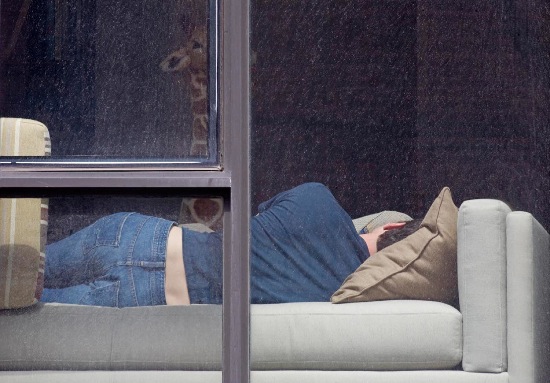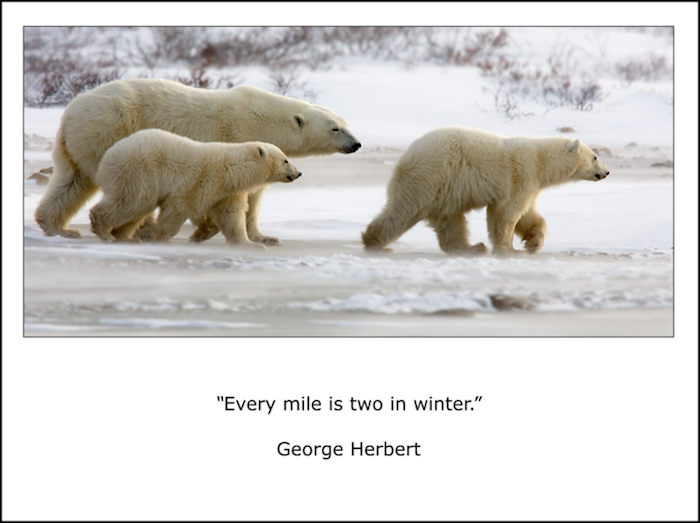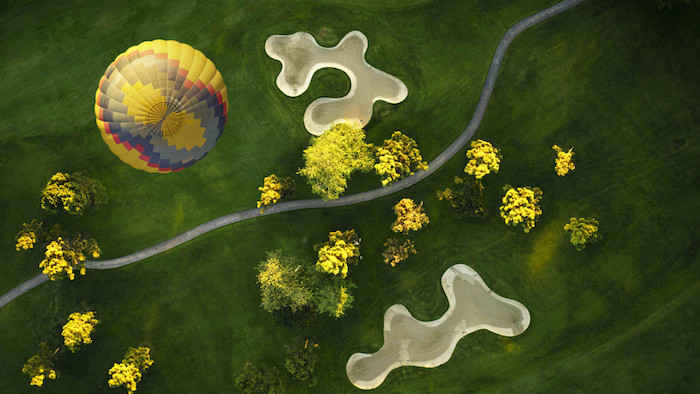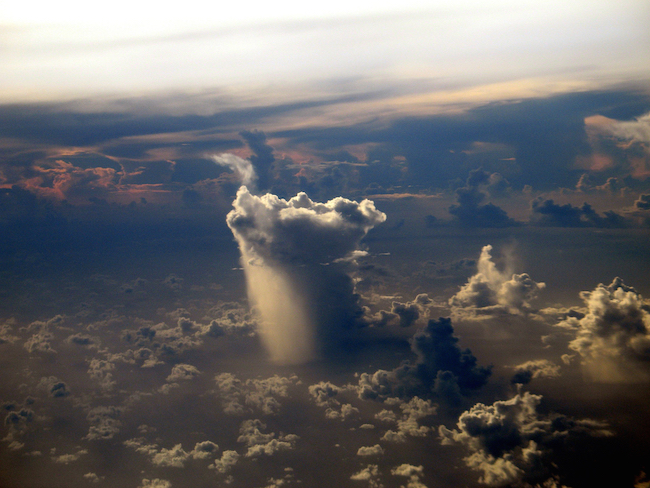There is an interesting issue involved with personal privacy and photography nowadays especially when considering the popularity of street photography and recent attempts in some places to outlaw the art form.
Photographer Arne Svenson has created a project called “The Neighbors.” He has focused his lens on the lives of Manhattanites, apparently his neighbors, by photographing them with a telephoto lens through their open windows.
If this were you in the picture below, would you be offended? Would you feel that your privacy had been violated? If your face was identifiable would that change your opinion?

As a fan of Edward Hopper and other artists who depicted day-to-day life in a stylized fashion, I enjoy these photographs and appreciate the artistic vision behind them.
According to this post via PetaPixel, two of Svenson’s neighbors pictured in the project sued him claiming their privacy had been violated. For now, however, the courts have decided that the work did not violate NYC’s right-to-privacy law which prohibits using a person’s likeness for commercial purposes without permission. Svenson’s work was declared “art” and not used for “‘advertising or trade'” purposes.
The ruling may not be final as the door appears to have been left open much like the windows in the pictures. There is no easy answer here. Read some of the comments and you can see that this raises many issues which will only get more complicated as technology increases our ability to reach further into the world undetected.



